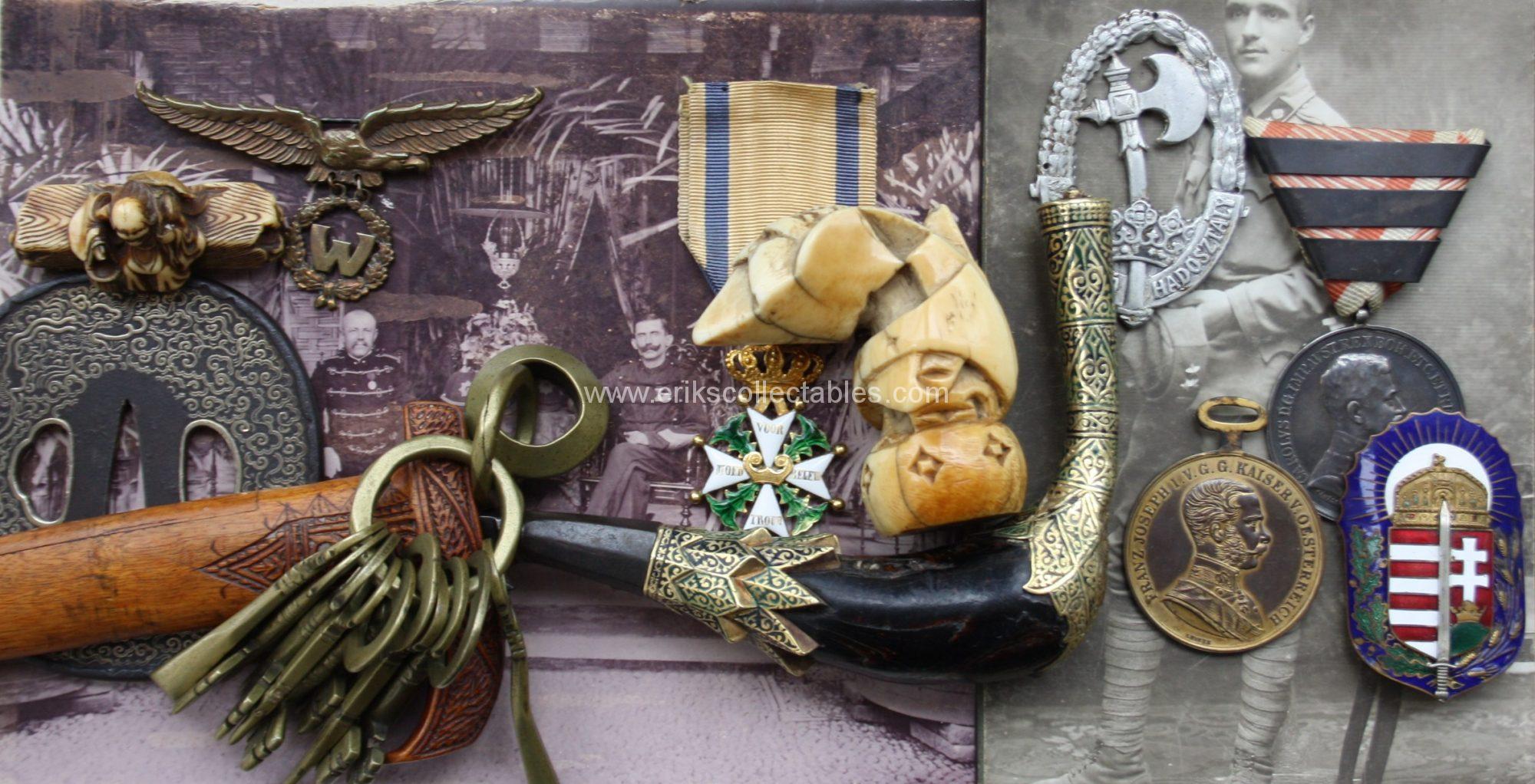Sometimes as a collector you find unexpected treasures. Years ago I bought some paperwork with which came a group of namecards from the Pehm family. Going through the cards one stuck out:

Feldmarschallleutnant Arthur Freiherr Giesl v. Gieslingen
Based on the rank the card dates between November 1907 and Oktober 1912. He used this card as a quick thank you note/letter to a Pehm, referring to him and other students he comes across in the field and that are doing well. He was the commander of the Theresian Officers Academy between 1905 and 1910 so this must refer to his activities there where this Pehm (and a Krainz he mentions) were his students.

In the collection there are two Pehms with officers ranks so I am not sure which one is adressed here?
Mayerling and Redl
Von Gieslingen had a long career but two incidents are notable. He was attached to Crownprince Rudolph at the moment he commited suicide in the Mayerling hunting lodge. The whole affair was handled by Von Gieslingen.
His impact in the Redl affair could be even greater. He brought Redl as a young Russian speaking officer into the Evidenz bureau (Military Intelligence) of which Von Gieslingen was the commander at that moment. Later he made him his Chief of Staff of the 8th Corps in Prague. Redl as spy for the Russians probably gave all detailed plans for war to the Russians. The poor handling of the Redl case might even have been a main reason for the extremely poor performance of the AH army in the first war year. The plans most likely fell in the hands of the Russians but were not altered as Von Gieslingen claimed they had not been compromized. His own relieve of command in 1914 due to poor performance might have been a result of this too.
A great short bio about Von Gieslingen can be found here:











































